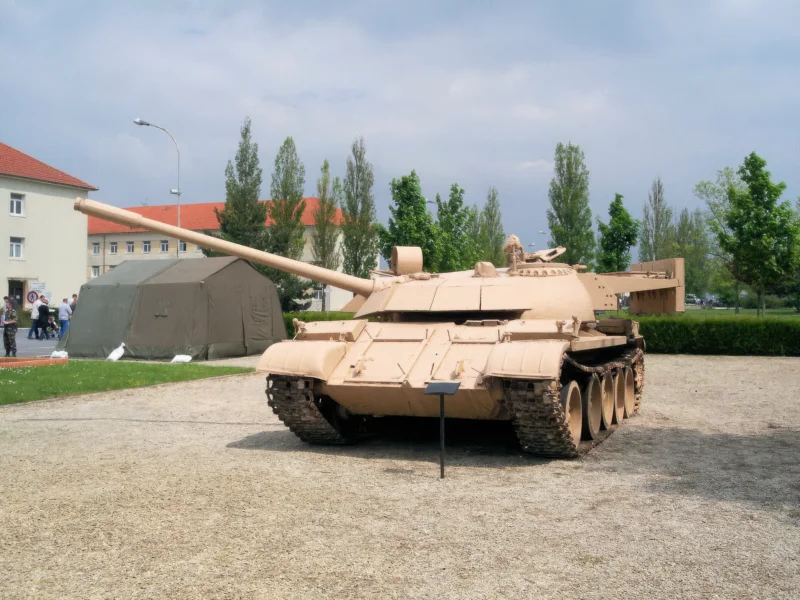
Réservoir T-55 | |
|---|---|
| Pays | URSS (URSS) |
| Type | Char de combat principal |
| En service | 1947-présent |
| Construit | 86000+ |
Lla T-54 Et T-55 (T-55) Les chars sont une série de chars de combat principaux soviétiques introduits juste à la fin de la Seconde Guerre mondiale. Le premier prototype T-54 est apparu en mars 1945 et est entré en pleine production en 1947. Il est devenu le char principal pour les unités blindées de l’armée soviétique, les armées des pays du Pacte de Varsovie et bien d’autres. Les T-54 et T-55 étaient impliqués dans de nombreux pays du monde’conflits armés à la fin du XXe siècle.
| T-55 – WalkAround | |
|---|---|
| Photographe | Unknow |
| Localisation | Inconnu |
| Photos | 117 |
| T-55AM2 Se promener | |
|---|---|
| Photo | Viktor Krestinin |
| Localiser | Musée des machines de guerre et des transports |
| Photos | 131 |
| T-55 AM Se promener | |
|---|---|
| Photographe | Inconnu |
| Localisation | Inconnu |
| Photos | 53 |
| T-55 Merida Walk Around | |
|---|---|
| Photographe | Unknow |
| Localisation | Inconnu |
| Photos | 30 |
| T-55 Walk Around | |
|---|---|
| Photographe | Unknow |
| Localisation | Inconnu |
| Photos | 29 |
Voir aussi :
Lla T-55 (T-55) is a Soviet-designed main battle tank (MBT) that holds the distinction of being one of the most widely produced and long-serving tanks in military history. Developed from the earlier T-54, the T-55 series dominated Cold War battlefields, seeing service in over 50 armies worldwide. It remains in reserve or active service in many nations today, a testament to its simple, rugged, and highly effective design.
Development and Characteristics
- Origine: The T-55 was a direct evolution of the T-54, with the main upgrade being a more powerful engine and, crucially, a fully integrated **Nuclear, Biological, and Chemical (NBC) protection system**. This made it the world’s first mass-produced tank equipped with such defenses, reflecting Cold War fears of tactical nuclear conflict.
- Moteur: It was powered by a **V-55 V-12 diesel engine** (producing 580 horsepower). The diesel engine was more fuel-efficient and less prone to fire than the gasoline engines used by many Western tanks of the time.
- Armement: The primary weapon is a **100 mm D-10T rifled gun**. This gun was accurate and powerful, capable of firing high-explosive and armor-piercing rounds. Later modifications often included the ability to launch anti-tank guided missiles (ATGMs) through the gun barrel.
- Protection: The T-55 features heavy cast armor, particularly thick on the front of the turret (up to 200 mm). Its low profile also made it a difficult target to hit.
- Mobilité: Despite its weight (around 36 tons), the T-55 was highly mobile and relatively fast (up to 50 km/h). Its track system was designed for reliability in rough terrain.
Key Features and Upgrades
- Low Profile: Short height, making it easy to conceal.
- Équipage: 4 (Commander, Gunner, Loader, Driver).
- T-55A: A major variant introduced in the early 1960s, which improved the NBC protection system and removed the loader’coupole.
- Modernization: Many operators have modernized the T-55 by adding **Explosive Reactive Armor (ERA)**, laser rangefinders, thermal imaging, and fire-control systems, effectively extending its lifespan into the 21st century.
Historique opérationnel
The T-55 has seen action in nearly every major conflict outside of Western Europe since the 1960s:
- Vietnam War: Used by North Vietnamese forces.
- Yom Kippur War (1973): Extensively used by Arab armies against Israel.
- Iran-Iraq War (1980s): Used by both sides.
- Yugoslav Wars (1990s): Used by various factions.
- Current Conflicts: T-55 and modernized variants continue to be utilized, particularly by reserve units or forces with limited defense budgets in Africa, the Middle East, and Asia.
The T-55 is celebrated for its simplicity, reliability, and ease of maintenance, qualities that ensured its role as the definitive post-World War II tank of the Eastern Bloc and a global export success.
Vues : 7530
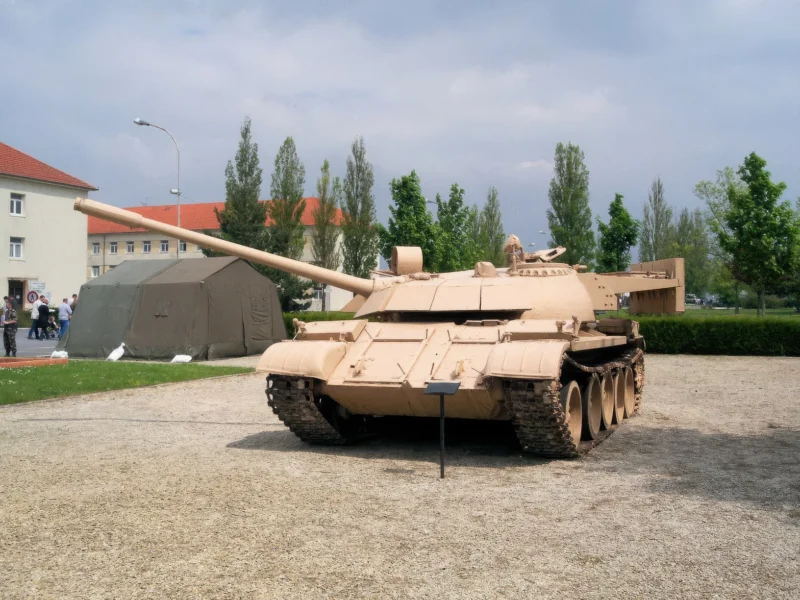
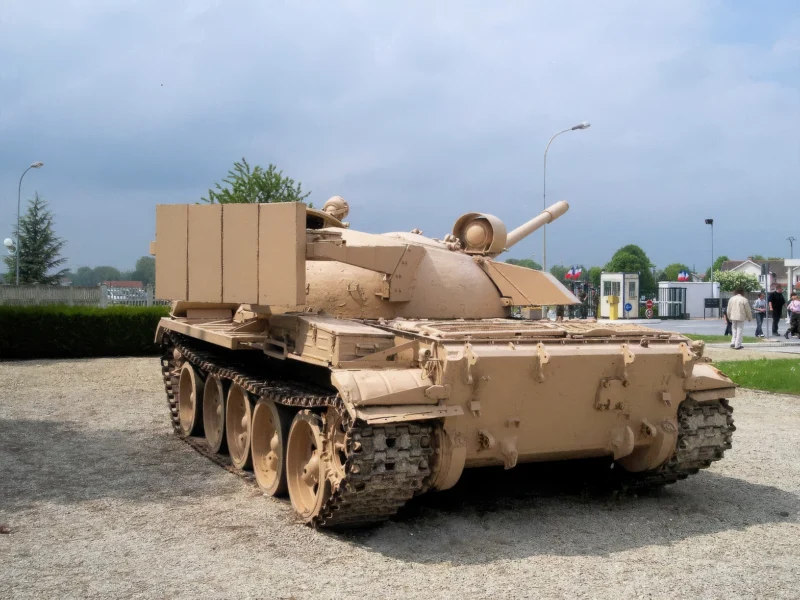
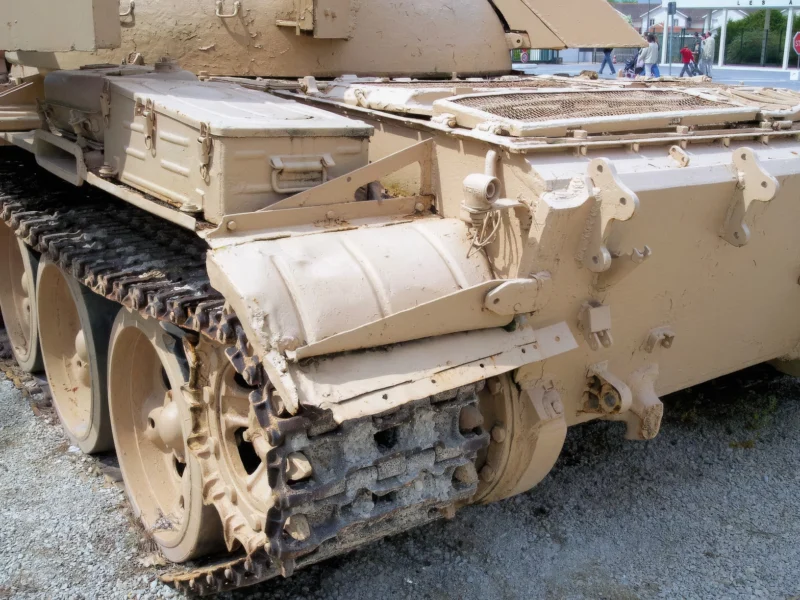
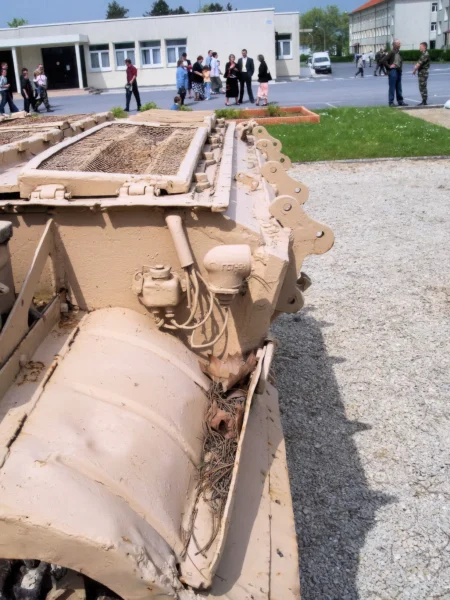
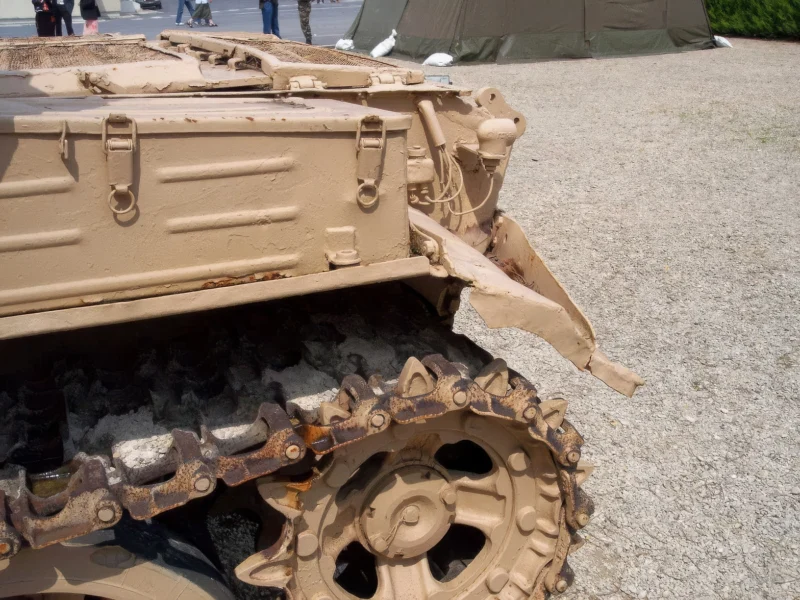
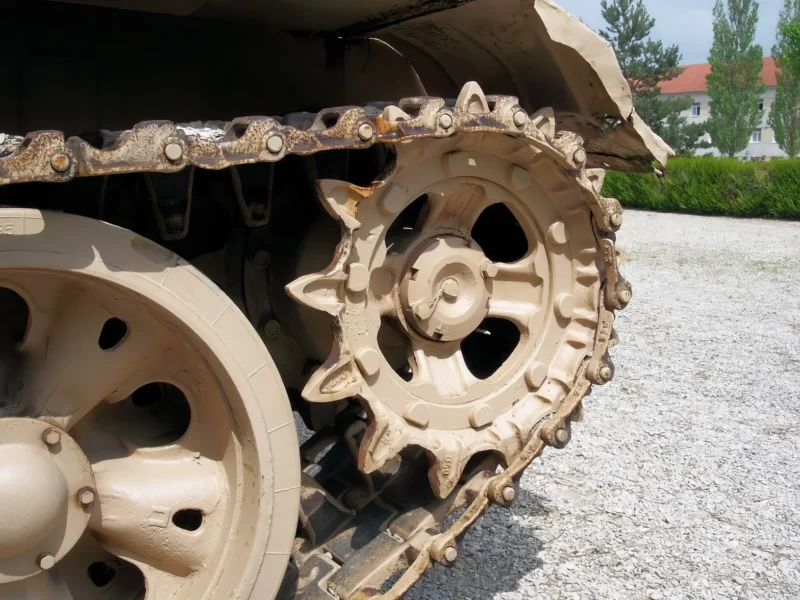
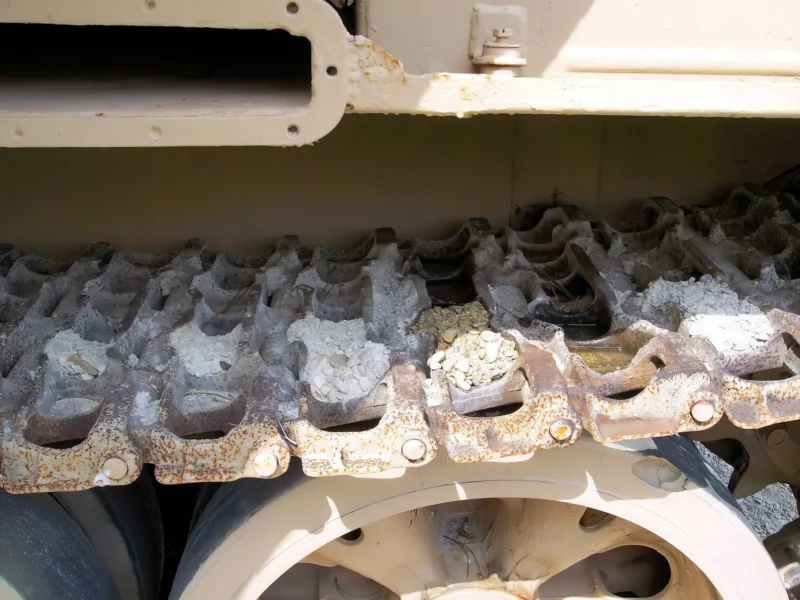
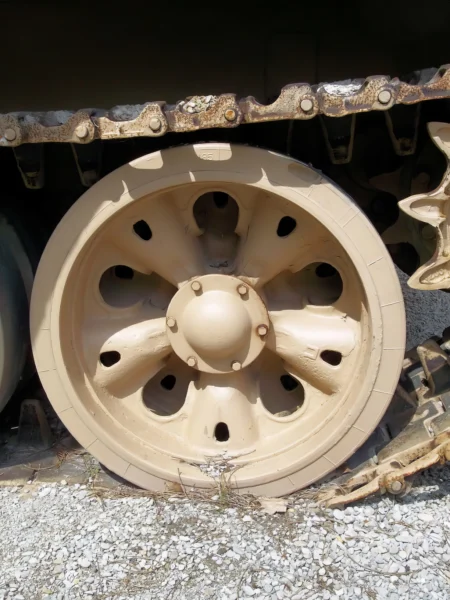
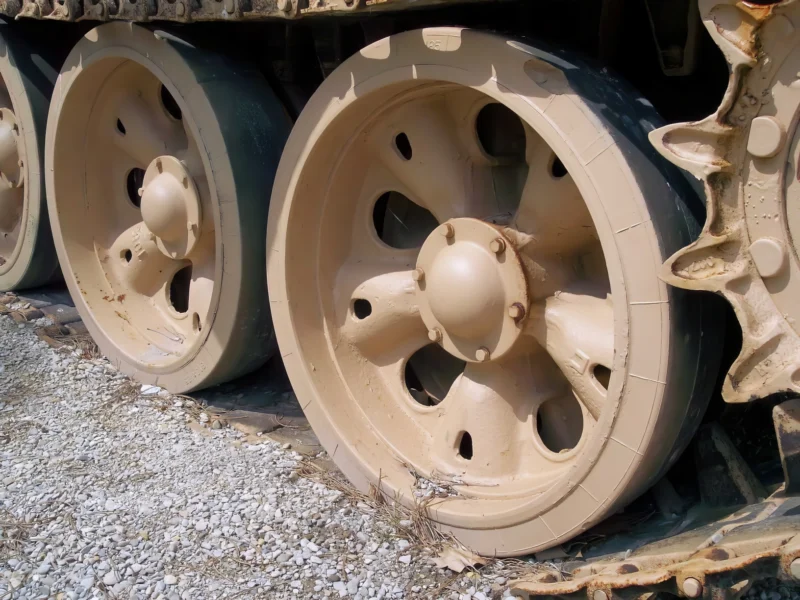


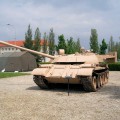
La série T-54/T-55 Main Battle Tank, l’une des plus populaires de l’histoire soviétique, est encore en usage aujourd’hui.